This article features contributions from the MIND Success Team, which includes Danette Morse, Education Success Manager, and Huey Pham, Education Success Manager.
In each installment of our Educator Perspectives series, we interview teachers and administrators across the country who are engaging, motivating, and challenging their students in unique ways. We share their obstacles, successes, and strategies in order to build a community better prepared to mathematically equip all students.
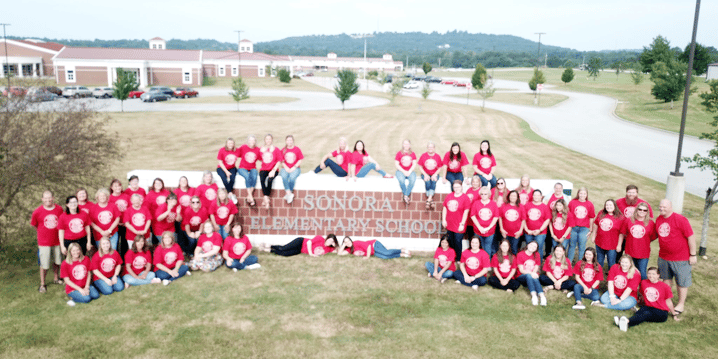 Sonora Elementary School is a beautiful, single-story brick building in Springdale, Arkansas. Surrounded by grassy stretches of land and Sonora Middle School, Sonora Elementary was established in 2011 and serves pre-kindergarten through fifth grade.
Sonora Elementary School is a beautiful, single-story brick building in Springdale, Arkansas. Surrounded by grassy stretches of land and Sonora Middle School, Sonora Elementary was established in 2011 and serves pre-kindergarten through fifth grade.
Dr. Regina Stewman has been the Principal at Sonora Elementary School since the doors opened. With over 29 years in education, Regina’s extensive experience spans state lines and leadership roles, like principal, assistant principal, third grade teacher, and kindergarten teacher.
Sonora Elementary School has used ST Math® since August 2015 and is now up to 31 classes registered with 610 active students. Dr. Stewman first discovered ST Math the way most of us are introduced to new things—through a friend.
“I heard about it from a peer in the district. I was intrigued that it was created by somebody who had dyslexia and didn’t want deficits in language or reading to hinder students from excelling in the content area of math. That piqued my interest because we were continually searching for strategies to serve our ESL population.”
Her peer, Dr. Anette Freeman at George Elementary, had tried ST Math and her teachers loved it for a number of reasons, including the way it helped students focus on math by removing language barriers. “At the time, our district was training teachers in Cognitively Guided Instruction. It [ST Math] really aligned with our curriculum, adding an additional scaffold allowing personalized instruction for each student to move at their own pace.”
Research shows that an early start with ST Math helps schools reach their math goals. Because of this and the success that Sonora Elementary School has had, Dr. Stewman shares her journey and best implementation practices to help other administrators start their year off strong with ST Math.
Preparation for ST Math looks different each year for Regina and her team. "I’m a big believer in—I can’t do things to the teachers. I need to do things with the teachers."
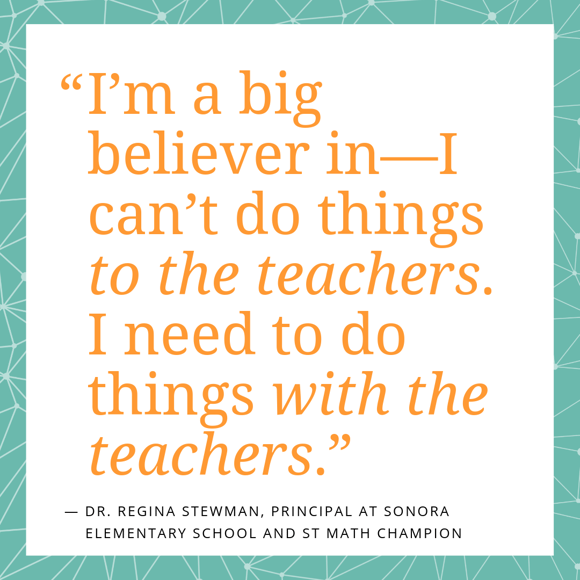
When Regina decided she wanted to implement ST Math, she shared her innovation with the assistant principal and teachers. “I said, ‘I want to do this, but I want to hear your insight.’ You want 80-85 % of your staff on board for something like this to be successful.”
Dr. Regina Stewman and her team moved forward—implementing ST Math with fidelity. From the beginning, Regina and her leadership team were very involved, ensuring that as they learned together, they remained on the same page and encouraged their teachers to embrace the program and implementation.
“I believe it’s the teachers, not a program, which makes a difference. I always tell them, they are the difference-makers with this program. It won’t work without them. They came to me and said, ‘We just thought this was another thing you were adding to our plates.’”
It’s the teachers that make a difference. They are the difference-makers. It won’t work without them.
At the end of the year, the teachers saw why Regina felt strongly about implementing ST Math. "They felt that it was good for students and positively impacted student learning. Bottom line, they came to me in the end and said, ‘We’re glad we did this.’"
Trust is Important
Trust is a significant factor in not only building a strong relationship with teachers, but also helping them believe in the mission. “There is always going to be a fine line between administrator and teacher. We do our best to build up trust and put it in place, but I believe there’s always going to be, ‘Am I going to be in trouble? This is my evaluator.’”
What helped was making her intentions and the intentions of her leadership team clear and unified. “Opening the building with staff that we (with Mrs. Hennarichs, assistant principal) had hand-picked allowed us to find individuals with similar philosophies. Then, we worked to build a school family with every decision based on what was best for our students. Everything we did was to help our school. Decisions were made with the interest of the students first—not based on what was easier for staff.”
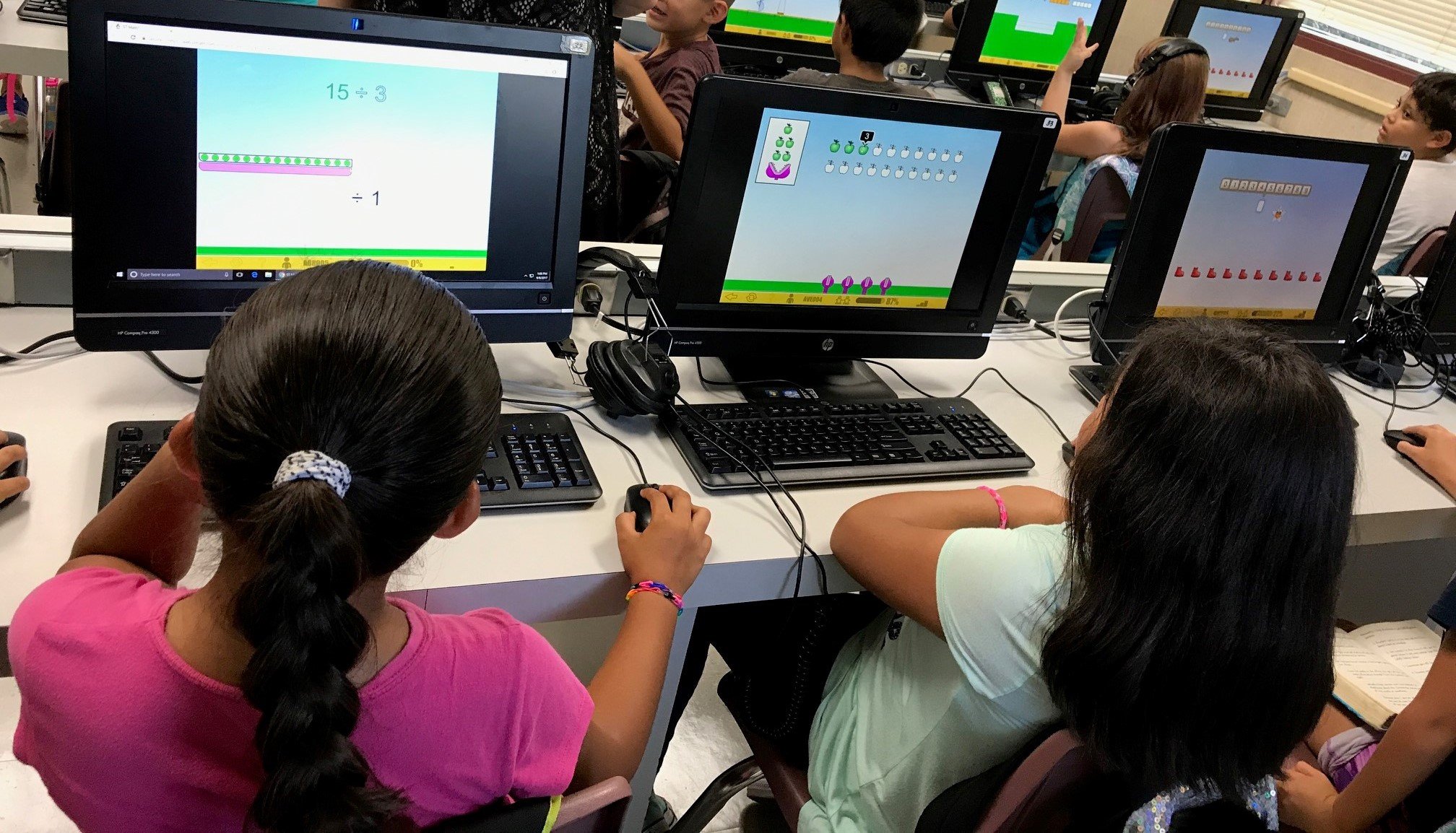
There was a year in the beginning of ST Math where Regina had medical issues. Even during that difficult time, her team knew everything she did was done with the kids in mind, and what was best for them.
A unified message from the district level translates to what they do within the walls of Sonora Elementary School. A consistent message all the way down is critical.
“Our district saying is, ‘All means all.’ Whether they come from across the road or across the ocean. That comes from Dr. Jim Rollins, our Superintendent. We have kids from all over. We have a high Marshallese population. They’re all ours. No matter how far they traveled to get here.”
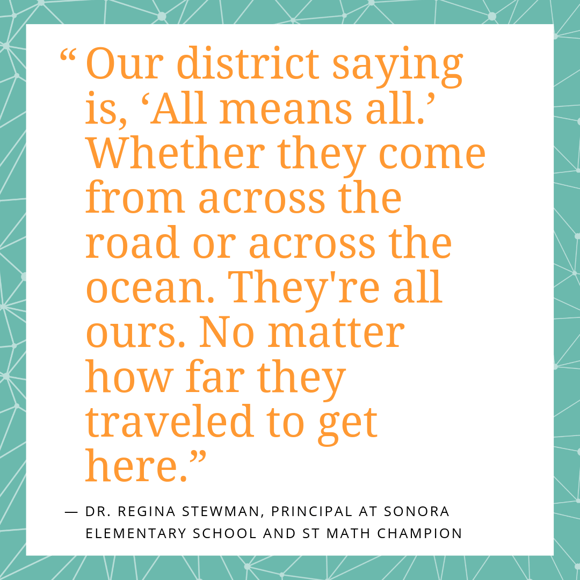
To reinforce her involvement, in the first couple of years of ST Math, Regina reviewed the weekly reports and shared them with the whole faculty. She would point out trends and send helpful reminders, like delete (or make inactive) students from your roster as they move. Regina also celebrated wins.
I’d say, ‘Look at this celebration! Look at how much growth this grade has had this year.’
But she hasn’t continued with that method. In fact, she’s changed how she communicates these important best practices. “Year three, I noticed at each grade level there was a high-flying teacher. I decided instead of sending a weekly report to everyone and to build collective teacher efficacy, I would empower my teacher leaders to lead with their best practices. They are called the ST Math-ers. Each grade level (K-5) and one instructional facilitator are represented in this group.”
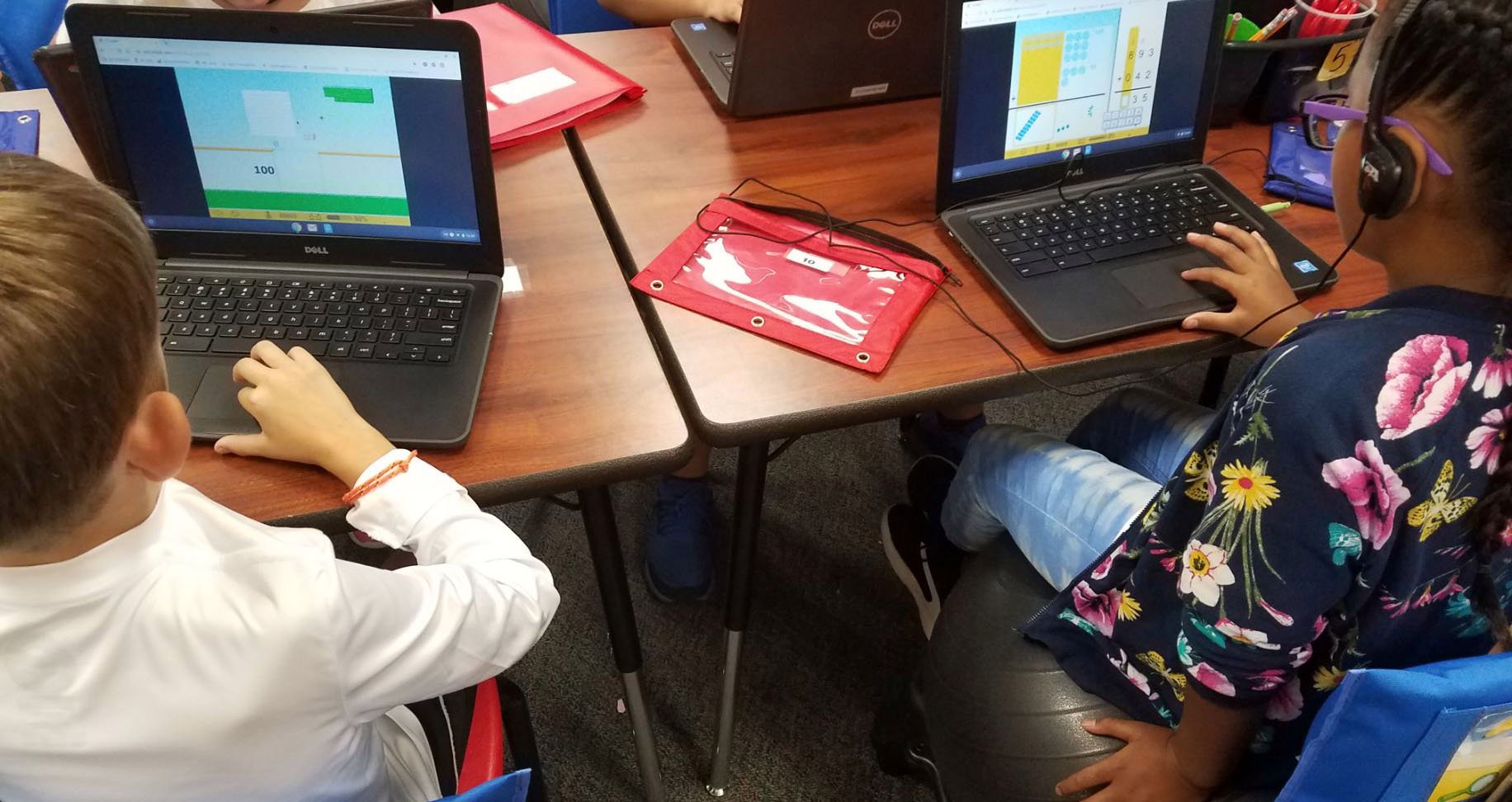
Once Regina identifies her ST Math Champions, she empowers them to lead their students and their peers. “Now when I get the weekly reports, I share it with my ST Math-ers.” She still notes trends, updates, or best practices that are timely and that she wants them to stay cognizant of each week.
I’m sharing it with a small group and I’m passing the leadership on to them.
Regina continued, “I’ll say, ‘at one of your team meetings this week, please share this with them [your team].’”
By sending her observations from the weekly ST Math report to leaders in her school, she's seen the leadership flourish. The requests and recommendations go straight to each team. Each team is competitive and wants their kids—their team to do well, so they actively work on improvement.
The weekly SPR report is also used to check-in on teacher readiness. If a teacher hasn't shown any starting activity, there is a process in place. The instructional facilitator will check in to see what they can do to help. “If they’re not implementing the program [ST Math], it is my responsibility to make sure they know how to successfully implement.”
Regina isn't afraid to get involved and promote peer support. If she identifies a teacher who has areas of opportunity, she loops in her ST Math Champion, or what she calls the ST Math lead teacher in order to use them for support.
Regina has covered classes in order to allow a teacher to observe and watch what the lead teacher does in the classroom. This allows teachers to experience a streamlined ST Math session and come away with new processes or ways to optimize their classroom implementation.
Oftentimes, there are small changes that can be done in order to maximize implementation success with ST Math. “It’s usually little tweaks. It’s the monitoring of it. It may be them not knowing how to help when a student has a flag or a hurdle.”
Regina builds time for ST Math into her teachers’ schedules. “I tell them, there’s no reason, even while you’re teaching rules and procedures to not engage students right away.”
“Outside of kindergarten, our first through fifth graders who have been with us, know the program works. I tell teachers to get them started on the very first week.”
With 610 students using ST Math, most of her students know and are familiar with the program. “For the most part, the kids know the process and the routine.”
The sooner we get kids in a routine, the better it is.
On the 7th day of school, teachers are already using ST Math. “The sooner we get kids in a routine, the better it is. If ST Math is part of your routine, and you’ve got 1:1 Chromebooks or iPads, there’s no reason kids can’t start their password training.”
 Once you get started with ST Math, it's time to keep the momentum going. Along with the encouragement, support, and open communication, Regina provides additional tools to get teachers started. She keeps a Google folder for teachers to access, filled with support documents like her expectations and ST Math resources, like the Getting Started link in ST Math Central or the Self-Guided Courses for anyone new to Sonora.
Once you get started with ST Math, it's time to keep the momentum going. Along with the encouragement, support, and open communication, Regina provides additional tools to get teachers started. She keeps a Google folder for teachers to access, filled with support documents like her expectations and ST Math resources, like the Getting Started link in ST Math Central or the Self-Guided Courses for anyone new to Sonora.
Among her documents are notes from MIND co-founder, Dr. Matthew Peterson. He once came to her district to speak and Regina was in attendance. “I took notes about his vision, why he did it, his experiences, and some tips. I typed it all up from a few years ago.”
Also documented are notes from what Regina has seen at other schools or pictures of how they’ve celebrated their achievements.
Her school also rewards students for their hard work by creating a JiJi Culture. She ordered bulk quantities of stuffed animal penguins as rewards. When students reach 100% completion, they make a big deal about it by sending students to the office to collect their JiJi reward. Every nine weeks, she also gives out certificates.
Regina actively asks her teachers what they want to do to celebrate their student wins. “The teachers are invested now. They’re even doing grade level celebrations in their pods...ST Math is part of our culture now."
MIND would to thank Dr. Regina Stewman and Sonora Elementary School for sharing their wins, best practices, and methodologies with us!
Comment